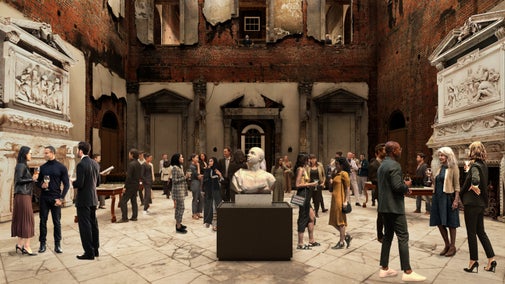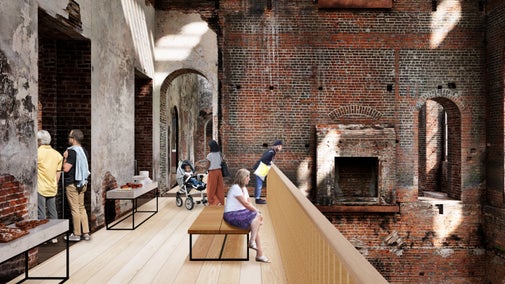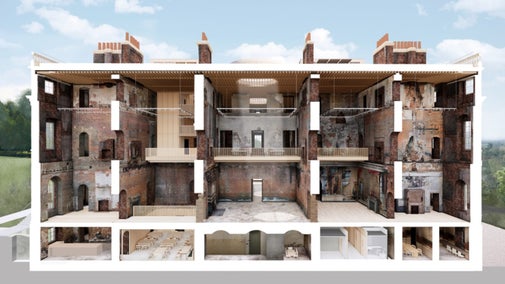
Become a member
Join today and help protect nature, beauty and history – for everyone, for ever. Enjoy access to more than 500 places with National Trust membership.
Celebrating the many hands who made Clandon
West Clandon, Guildford, Surrey, GU4 7RQ

An 18th century Palladian mansion designed by Giacomo Leoni, decorated by leading European sculptors, and built to impress, Clandon Park was transformed by fire in April 2015. The Clandon Park Project is conserving and re-presenting Clandon - celebrating the surviving building and the many hands who made the house. A welcoming, fully functional building will host a range of displays, events and activities - creating a unique way to understand and enjoy a country house. We're balancing the delivery of the Clandon Park project with opening to visitors, and so the house is sometimes closed while conservation and construction works are carried out. There will be individual events throughout the year and the garden is open in the summer. The house is set in a peaceful garden ideal for a stroll, children's play, and an informal picnic. Please, always check the website before travelling.
29th April 2025 was the tenth anniversary of the fire that transformed Clandon Park. We’re marking the day by showcasing 10 years of making at Clandon, sharing stories from the people bringing Clandon back to life.

Our Conservation and Re-presentation of Clandon Park Project was unanimously approved at Guildford Borough Council Planning Committee on 6 March, giving the go-ahead for the project to conserve and renew Clandon Park as a welcoming, engaging, and fully functional building.

Learn about our vision to carefully conserve and creatively curate Clandon Park – celebrating the beauty of the surviving building and the many stories of the people who made and crafted the house.

Find out how our plans will renew Clandon as a functioning, welcoming building with our handy summary.

Follow the team as they deliver our vision for a revitalised Clandon Park

From the magnificent State Bed to a tiny stoneware duck, what will you find when you explore the Clandon Park collection online?


Join today and help protect nature, beauty and history – for everyone, for ever. Enjoy access to more than 500 places with National Trust membership.